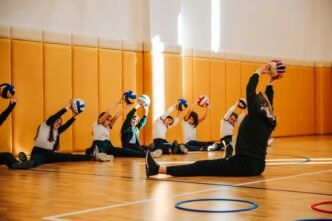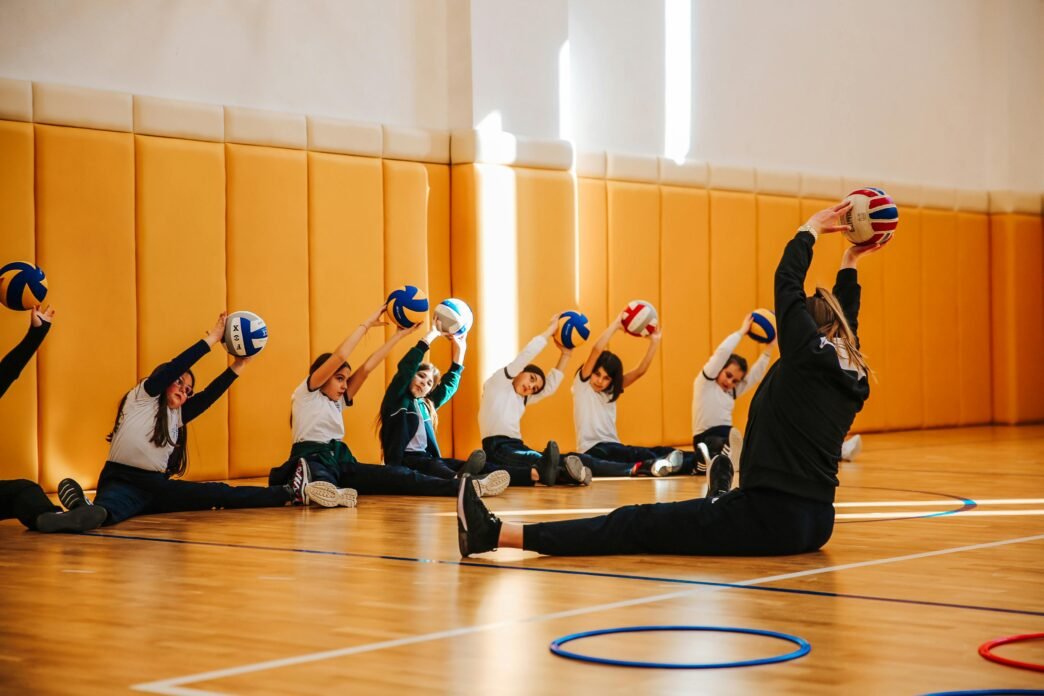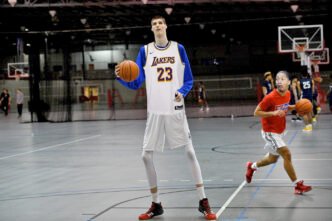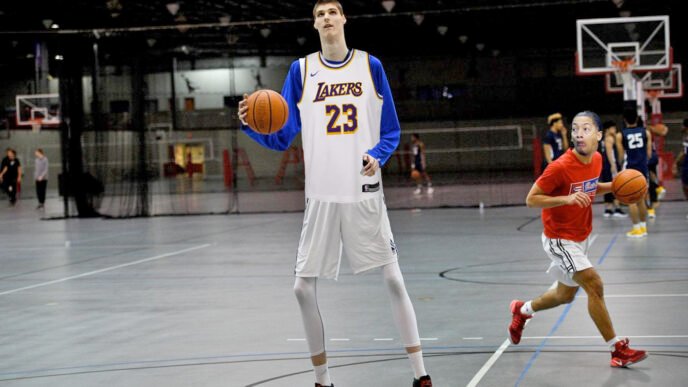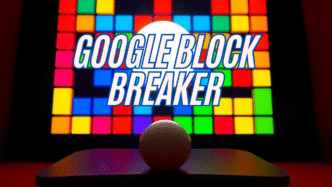In Bangladesh, Physical Education is often treated as a less important subject in the school curriculum. While it is supposed to help students grow physically, mentally, and socially, it does not get the attention it truly deserves. In most schools from primary to higher secondary levels Physical Education (PE) classes are held for just one week a year. That is far too little to bring about any real development in a child’s physical or mental well-being.
One of the main problems is that many students do not get the chance to properly learn the basic concepts of Physical Education. This happens mainly due to a few serious issues such as a lack of open playgrounds an outdated and poorly designed PE curriculum and a serious shortage of trained and qualified Physical Education teachers.
To give a real-life example let us think about a city-based school in Bangladesh. Around 25 to 30 students are packed into a PE class with no proper field and often the teacher is not trained in PE. Naturally the class turns into something boring and the students lose interest. They do not get to enjoy fun and engaging physical activities like they should.
In many Bangla medium schools PE is not taken seriously at all. These schools tend to focus only on academic performance how well students do in exams in subjects like Math Science and English. Physical Education is pushed to the side and seen as a nonessential or optional subject.
How English Medium Schools Are Doing It Better
On the other hand, English medium schools especially those following the Cambridge or International Baccalaureate (IB) curriculum give Physical Education much more importance.
The Cambridge Curriculum includes Physical Education as an essential part of the learning experience. It encourages students to build physical skills understand game rules and develop values like teamwork discipline and leadership. When students take part in different games and sports, they also improve their fitness confidence and emotional well-being.
The IB Curriculum goes even further. It focuses not just on physical health but also on mental health. It promotes regular participation in physical activities and helps students develop skills for lifelong health. At the Diploma Programme (DP) level IB even offers subjects related to sports science and health. Students learn about the history of sports biomechanics psychology in sports and physical activity’s role in overall well-being. This kind of education gives students both knowledge and practical experience.
Global View What Other Countries Are Doing Right
Around the world Physical Education is seen as an important part of a student’s education. Let us take a quick look at how different countries treat PE in their school systems.
United States, In the US PE is required from kindergarten to Grade 12. Younger students usually get 150 minutes per week and older students are given 225 minutes. Activities include basketball football gymnastics and fitness exercises. Some states even require students to meet PE standards before they can graduate.
United Kingdom, In the UK PE is compulsory at all school levels. Students typically get 2 to 3 hours of PE classes per week and schools offer a wide range of activities like football rugby dance athletics and swimming. Many schools have a program called the Daily Mile where children run a mile every day to stay active.
Australia, Australia treats PE as a key part of its national curriculum. Students must get at least 150 to 180 minutes of PE each week. Children from the age of 5 up to 16 take part in school sports like swimming football cricket and hiking.
China, In China PE is very serious. High school students are expected to attend 2 to 3 hours of PE weekly and also pass fitness tests to qualify for higher education. Military style exercises are common in many schools to build discipline and strength.
Japan, In Japan PE makes up 15 to 20 percent of the entire curriculum. Students practice traditional sports like judo and kendo. Every morning, they do exercises known as Radio Taiso and sports are encouraged even during breaks and recess.
Finland, In Finland students enjoy 2 to 3 hours of PE every week. They engage in outdoor activities such as skiing cycling and swimming. Every day includes a 15-minute physical activity break and students take part in fitness evaluations regularly.
All these examples show how developed countries invest time effort and resources into Physical Education helping their students grow into healthier and more active citizens.
The Problem with Physical Education Degrees in Bangladesh
When we look at the higher education system in Bangladesh especially the Bachelor of Physical Education (BPEd) program we notice several gaps. While this degree is meant to produce skilled PE teachers its curriculum is often limited to basic knowledge. It rarely includes modern sports science advanced coaching techniques injury prevention or sports nutrition.
As a result, graduates of BPEd often lack the practical skills needed to train students effectively or to guide them in professional sports. There is also limited opportunity for these graduates to do research specialize in exercise science or take part in international training programs.
Ground Realities in Bangladeshi Schools
In reality most schools in Bangladesh do not have properly trained PE teachers. The few teachers available often lack updated knowledge or skills. This makes it hard for students to improve in physical activities or show their athletic potential. On top of that many schools do not have basic sports infrastructure no good playgrounds no equipment and no separate PE period.
Because of these students are missing out. Their motor skills do not develop properly they lose interest in physical activity and many fall into unhealthy lifestyle habits. These issues are more serious than they may seem because they affect both health and future opportunities.
The Bigger Picture Sports in Bangladesh
Sports in Bangladesh are also facing major challenges. Once we had a strong presence in football and cricket but today, we are struggling. Why There are a few key reasons
- Lack of scientific coaching
- Shortage of funding
- Poor coordination between government and private bodies
- Corruption in sports management
- Limited access to advanced training and international exposure
To improve the standard of sports in the country we need scientific planning. Coaches must be trained in modern methods players must learn about nutrition and sports must be promoted from the school level.
A Vision for the Future a National Sports University
One big step forward could be the establishment of a dedicated Sports University in Bangladesh. This institution could provide world class training in Physical Education sports coaching biomechanics sports medicine and fitness science. It would allow young athletes and PE professionals to get international level education and make Bangladesh more competitive in global sports.
This university could also act as a research hub where experts and students work together to study athlete performance design fitness programs and introduce scientific training methods.
What Needs to Change
To make any real difference we need to take the following steps
- Make Physical Education mandatory at all levels of schooling
- Recruit trained PE teachers who understand modern techniques
- Update the PE curriculum to include sports science nutrition and fitness tracking
- Build proper sports infrastructure in schools especially in urban areas
- Provide regular training and workshops for existing teachers
- Promote PE through awareness campaigns among parents and students
- Introduce evaluation and grading systems in PE to make it as valued as other subjects
We should also consider learning from the Cambridge and IB models and try to include their approach in our national curriculum.
Final Thoughts
Physical Education is not just about running or playing games. It is a powerful tool to build healthier more confident and socially active youth. It supports not only physical fitness but also mental health teamwork leadership and discipline.
If Bangladesh can give PE and sports science the priority they deserve, we could raise a generation that is not only academically strong but also physically fit and emotionally balanced. Our young people could shine in both local and international sports arenas.
Now the big question is, are we ready to make that change?
This article was written by Md. Jobayer Joha, Personal, Social and Physical Education Teacher, Abdul Kadir Molla International School, Narsingdi, Dhaka, Bangladesh
He is an education and sports development enthusiast passionate about improving Physical Education in Bangladesh. With a focus on student health, sports science, and modern teaching methods, the author advocates for policies that promote active, balanced, and confident youth.
Disclaimer:
The opinions expressed in this article are those of the author and do not necessarily reflect the views of Forbes BD. The information is provided for educational and awareness purposes only. While every effort has been made to ensure accuracy, Forbes BD is not responsible for any errors or omissions or for the results obtained from the use of this information.
